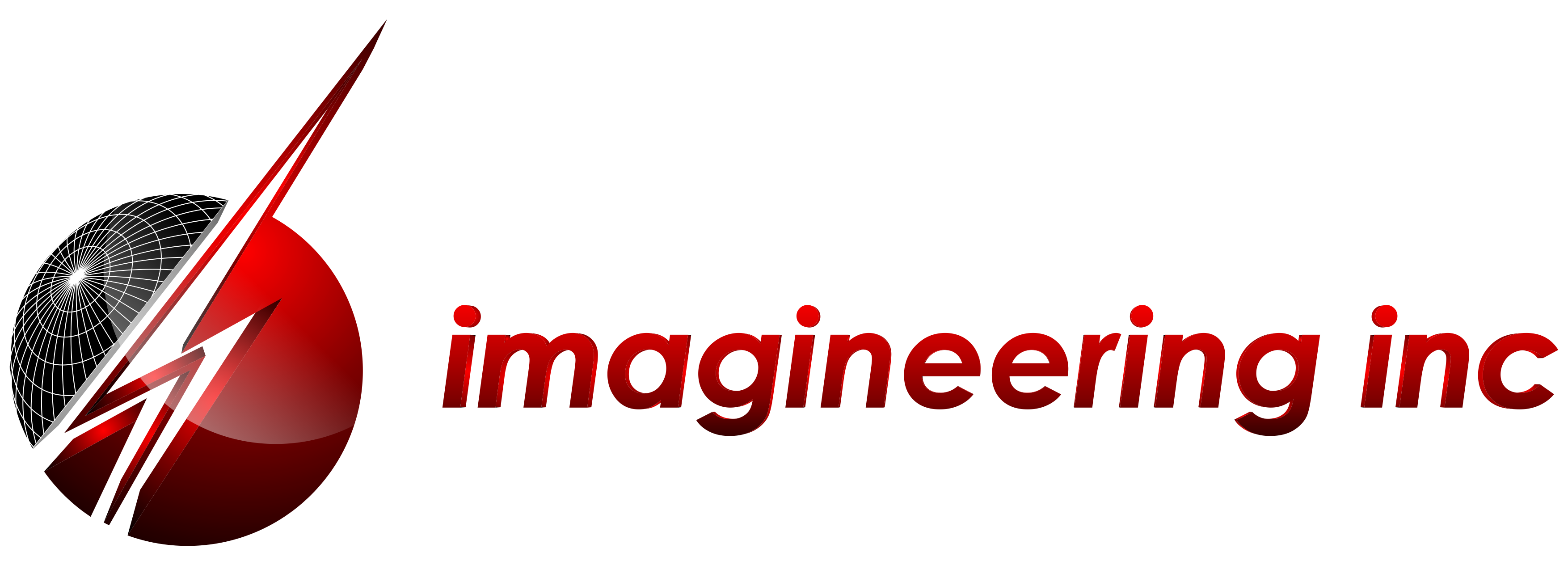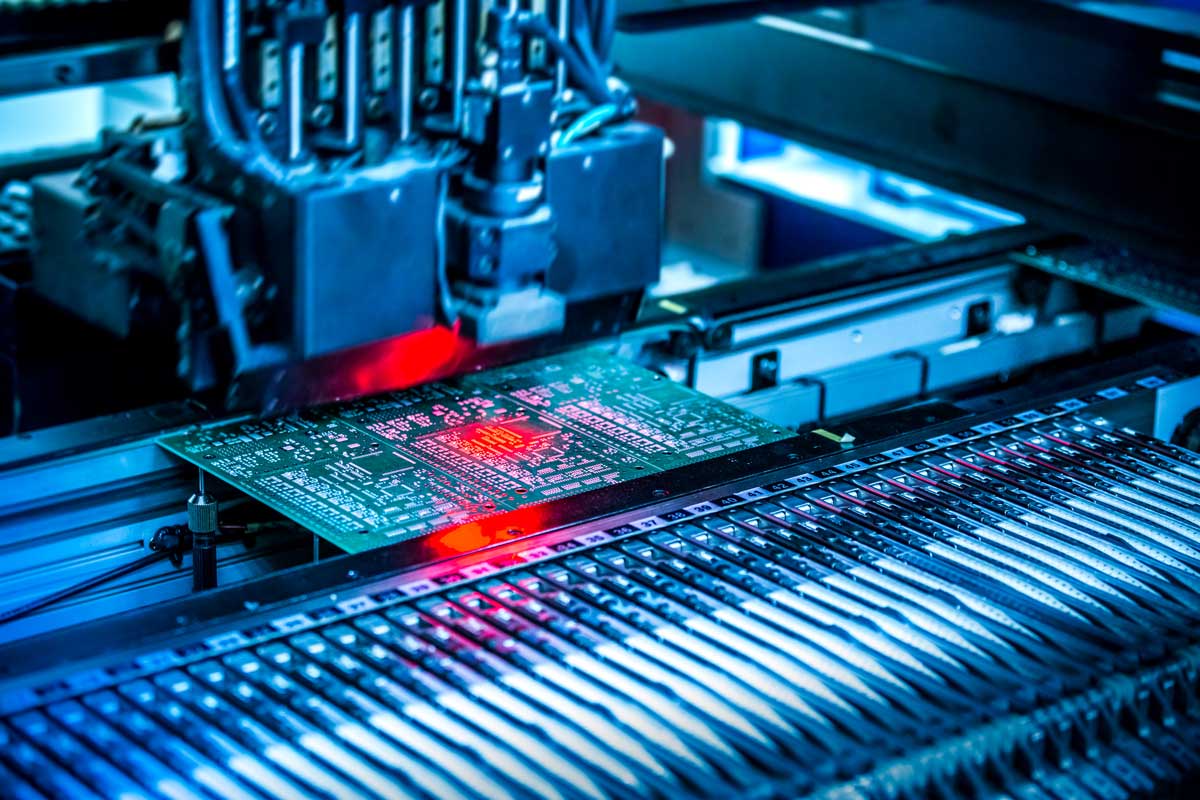Printed circuit boards can be assembled using two primary methods: Surface Mount Technology (SMT) and Through-Hole Technology (THT). SMT mounts components directly onto the board’s surface, while through-hole mounting involves inserting component leads into drilled holes and soldering them on the opposite side.
Since the 1980s, SMT has largely overtaken through-hole in mainstream electronics manufacturing thanks to its advantages in automation, size, and efficiency. In fact, over 90% of PCB assemblies today use surface-mount components, though through-hole assembly remains relevant for specific needs.
In this showdown, we compare surface-mount technology vs. through-hole technology across three critical factors—cost, Space, and Speed—to see how each technology stacks up. We’ll also highlight when THT still shines despite SMT’s popularity.
Let’s start with the bottom line: cost.
Cost Comparison: Assembly Expenses and Efficiency
When it comes to surface mount technology vs through hole, cost isn’t just about parts. It’s about time, tooling, and how much work you’re offloading to machines vs. people. On that front, Surface Mount Technology (SMT) usually comes out swinging.
SMT Is Built for Scale
SMT was designed for automation. That means:
- No drilled holes for components = faster, cheaper PCB fabrication
- Tape-and-reel packaging for components = easy machine pickup
- Pick-and-place machines = thousands of placements per hour
- Reflow ovens = soldering everything at once
Put it together, and SMT can churn out finished boards faster and cheaper than through-hole in nearly every production setting.
Through-Hole: Slower, Heavier, Pricier
Through-hole assembly is old-school, and that shows on your invoice. Every component lead has to go through a hole, be soldered on the backside, and sometimes even touched up by hand. That means:
- Higher labor costs
- More drilling during board fabrication
- Slower assembly time
- Pricier components (often made in lower volumes)
Small runs or one-offs might be manageable. But at scale? You’re paying for every extra minute and every extra hole.
The Twist: Setup Costs Matter
Here’s where it gets interesting. SMT has a higher setup cost—you need solder paste stencils, machine programming, pick-and-place feeders, the whole shebang. For a run of 10 boards, that overhead starts to look daunting.
So, when it comes to cost, does SMT still come out on top?
Surface Mount Technology vs Through Hole: The Bottom Line about Your Bottom Line
Ultimately, SMT is cheaper per unit at scale, thanks to automation and reduced board complexity.
Through-hole is better for:
- Low-volume prototyping
- Hobby projects (no fancy tools needed)
- Parts that aren’t available in SMT form
For you, the final verdict comes down to what you’re building and why. For production, SMT’s the economic no-brainer. For that one custom board you’re building in your garage, THT might save your wallet and your sanity.
Surface Mount Technology vs Through Hole Space Comparison: SMT Wins the Real Estate War
If cost is the headline, space is the fine print that can make or break your PCB design. When we compare the space requirements of surface mount technology vs through hole, SMT doesn’t just win, it laps through-hole twice and sips a protein shake while doing it.
SMT: Compact, Clean, and Double-Sided
Surface-mount components are built to fit more into less. They’re smaller, lighter, and don’t need holes drilled through the board. That means your final layout won’t be shackled by those lead-shaped no-go zones.
Here’s what SMT brings to the table:
- Tiny footprints – components are often 10x smaller than through-hole equivalents
- No through-holes – no wasted space on vias or pads
- Double-sided placement – components can go on both sides of the board
- Tighter trace routing – fewer holes = more room for copper
For those who love metrics: SMT lets you hit 100+ components per square inch. With through-hole, 20 is a major feat.
Through-Hole: Big, Bulky, and One-Sided
Through-hole parts are a throwback to the 80s, and their size reflects that. They’ve got leads, long legs, and a knack for hogging board space.
Common space-eaters include:
- DIP ICs with 0.1″ pin spacing
- Radial capacitors the size of gumdrops
- Connectors that block off routing channels
And because they poke through the board, you can’t put anything else in that vertical slice of space, even on the backside. That’s a big layout headache.
Where Through-Hole Still Has a Case
Despite the bulk, through-hole isn’t obsolete:
- Power components benefit from big leads that help dissipate heat
- Connectors often need the mechanical strength of a physical anchor
- Hobbyists appreciate the visibility and ease of handling
So yes, through-hole still has a place even in modern PCB designs. But do these benefits offer enough to swing the balance in its favor?
In The Space Race, SMT Wins the Day
No matter how you slice it, SMT simply allows for tighter component density and a wider variety of design choices. Despite this, THT still has its place in certain applications:
- SMT enables dense, lightweight, modern designs
- Through-hole components take up more space, both on and through the board
- For anything portable, compact, or complex, SMT is the only realistic option
Ultimately, unless you’re building a guitar pedal, a power supply, or just like the feel of big chunky parts, SMT sweeps the board. Literally.
Speed: SMT Leaves Through-Hole in the Dust
In manufacturing, speed kills costs. The faster you can build boards, the sooner you ship, scale, and sell. And in that race, SMT is a sports car. Through-hole is more like a dependable old pickup. It’ll get there, but not fast.
SMT: Fast, Automated, and Scalable
SMT assembly is an automated dream. The process flows like a well-oiled machine:
- Solder paste gets printed onto the board via a stencil
- Pick-and-place robots install thousands of components per hour
- Reflow ovens solder everything in one pass
An SMT line can populate entire panels of boards in minutes. It’s high-speed, high-volume, and designed to scale. Industry numbers show SMT lines can hit tens of thousands of placements per hour. For through-hole, an experienced manufacturer might be able to push a few thousand on a good day.
The kicker? Once the line is dialed in, it doesn’t care if you’re making 10 boards or 10,000. SMT scales without blinking.
Through-Hole: Manual Labor Slows the Line
In the speed comparison between surface mount technology vs through-hole, some manufacturers estimate a 10–20x difference in throughput between SMT and through-hole processes.
This major speed difference isn’t because THT is bad. It’s just human:
- Hole drilling delays board fabrication
- Component insertion can be semi-automated, but it’s one part at a time
- Soldering might involve wave soldering, or worse, hand soldering
Each of these steps eats up time. And if your board has hundreds of through-hole parts, you’d better settle in.
Bonus Round: Electrical Speed
Speed isn’t just about time-to-ship. Consider signal performance:
- SMT components have short leads = less parasitic inductance and capacitance
- Better high-frequency behavior = ideal for RF, digital, and signal-critical circuits
Through-hole leads? Longer. Slower. Noisy. If you’re prioritizing high-speed in your designs, they’re a liability.
Speed Comparison: Surface Mount Technology vs Through Hole in 30 Seconds
When it comes to speed (either for manufacturing or performance), there’s really no comparison:
- SMT is fast to assemble and faster in operation
- Through-hole is slower to build, thanks to manual steps and physical limitations
- SMT wins for production schedules and high-frequency performance
If speed matters, and it almost always does, SMT isn’t just faster. It’s in another league.
Final Verdict: SMT Leads, But THT Still Has a Role
We’ve compared surface mount technology vs through hole across cost, space, and speed. In nearly every category, SMT comes out on top. It’s faster and cheaper at scale and unlocks the compact designs that are in demand in modern electronics.
That said, through-hole isn’t dead. For connectors, power components, and high-stress parts, it still delivers the durability SMT can’t match. The smartest designs often use both.
At Imagineering, we don’t just build PCBs, we help our clients make the right choices. That includes helping you decide whether you need the efficiency of SMT, the rugged reliability of through-hole, or a hybrid approach tailored to your specs.
If you’ve got questions our comparison didn’t answer, let’s talk. Reach out to Imagineering today to refine your design, optimize your build, and make sure your next board uses the right tech in the right places.

